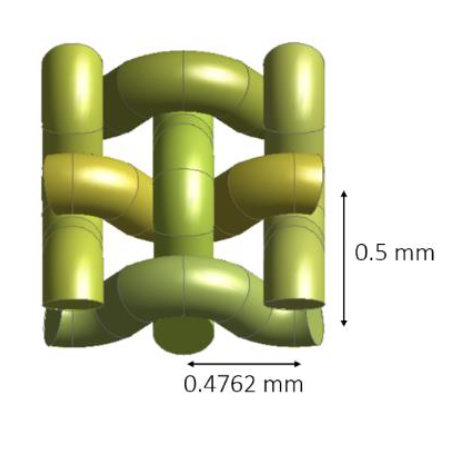Enhancing Thermal Performance of Cotton Facemasks through the Integration of Phase Change Materials: A Simulation Study
Keywords:
Phase change material, Facemask, CFD, Heat transferAbstract
In low temperature regions, people are often exposed to cold air which consumes bodily thermal energy during inhalation and exhalation, resulting in thermal loss from the body. Facemasks could reduce thermal loss. However, at low enough temperatures layering scarves or pieces of clothing on top of facemasks is required to provide adequate insulation against the cold, decreasing the comfort of the users through air pressure loss. Since the COVID-19 pandemic, there has been an increase in mask wearing. Therefore, an improvement of thermal loss reduction onto existing facemasks will grant the users both the benefit of thermal regulation and particulate protection all in one product. To achieve this, there have been suggestions of incorporating phase change materials (PCM) into facemasks to mitigate heat loss throughout the breathing cycle. Although there are some commercially available PCM incorporated facemasks, widespread adoption is limited due to the high cost of prototyping and testing in comparison to facemasks without PCM. Therefore, an investigation of PCM incorporated facemask through computational fluid dynamic (CFD) simulation would provide a low-cost and fast analysis of this technology’s thermal performance, solving the problem. In this study, CFD modelling was used to create the model of the PCM incorporated cotton facemask and simulate the mask’s thermal behavior under cold environments. The thermal data of inspiration and expiration through the facemask created by the simulation model was successfully validated against a valid numerical model from literature, with the deviation of less than 5.6% and 3.7% for the facemask model with and without PCM, respectively. Furthermore, the inhalation temperature through the PCM incorporated cotton facemask created in this study compared to cotton facemask without PCM is increased by 3.7C and the exhalation temperature is decreased by 1.2C, resulting in 2.5 times increase in thermal protection during inhalation and 1.50 times increase in facemask thermal retention during exhalation. The findings of this study will be used to provide manufacturers with an inexpensive and fast method to develop a simulation model of a PCM incorporated facemask that is accurate to reality, thereby reducing the cost of prototyping this technology.

